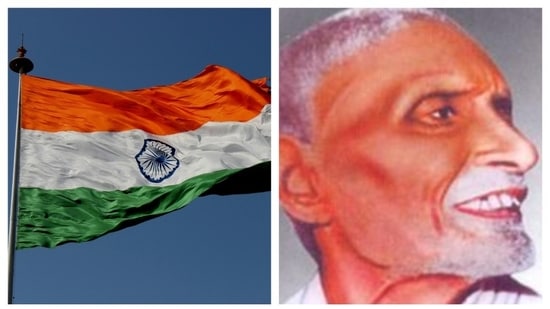
Independence Day 2024: Know all about Indian National Flag's history and the man behind it
8 months ago | 101 Views
Our Indian flag is the tangible national identity, representing India as a sovereign, democratic republic. The very sight of our revered national flag fluttering in the wind swells our chest with pride, wherever it may be, from the ramparts of Red Fort or in a cricket stadium. Hearts resonate with the national colors, driven by national solidarity. The national flag is symbolic of India’s strength, a beacon of collective pride and true Indian spirit.
This Independence Day, let us explore all about the history and origin of the National Flag:
Meaning of the colours
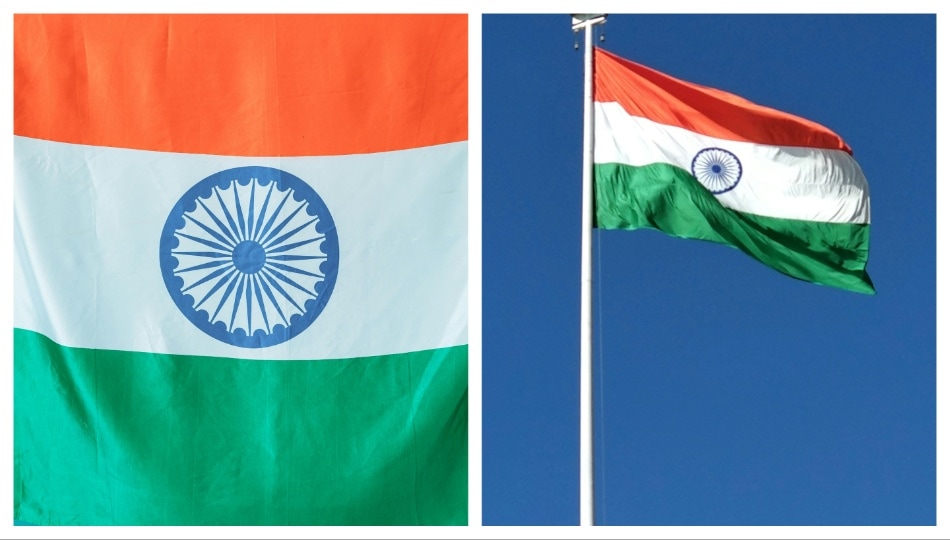
The Indian flag has three colours in a symmetrical horizontal alignment. The broad horizontal stripes are called bands. The top band of the flag is saffron, symbolising India’s strength and courage. The middle band is white, representing peace and truth, while the bottom dark green band depicts our innate relation to the fertile land, symbolising growth and auspiciousness. The middle white band has the Ashoka Chakra, meaning Wheel of Dharma, that has 24 spokes and is centrally positioned in the middle band. It portrays that life is all about movement and progress, while stagnation signifies death. The wheel shows the importance of motion, indicating that India shouldn’t resist change and always move forward.
History
The present flag was designed by Pingali Venkayya in 1921. But before that, India has seen various iterations of the national flag dating back to the first nation flag in 1906. It evolved through a journey of freedom movements, discussions, and deliberations.
1906
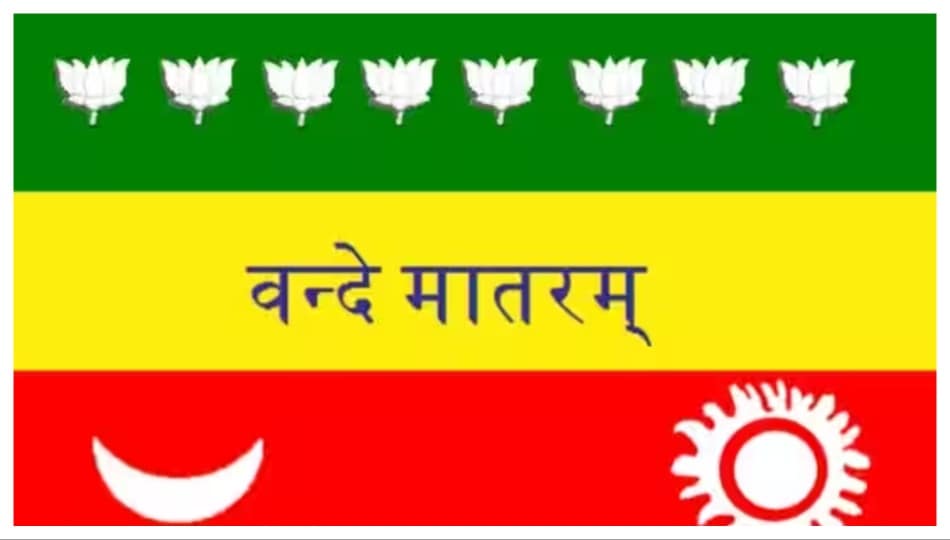
The first national flag was hoisted in Parsee Bagan Square in Calcutta. It was a symbol of the Swadeshi movement, resistance, and call for boycotting the foreign British goods. Composed of three colours, the flag had green at the top with eight white lotuses, yellow at the middle with ‘Vande Mataram' written in Devnagiri script, and red at the bottom with a crescent moon and sun in the corners.
1907
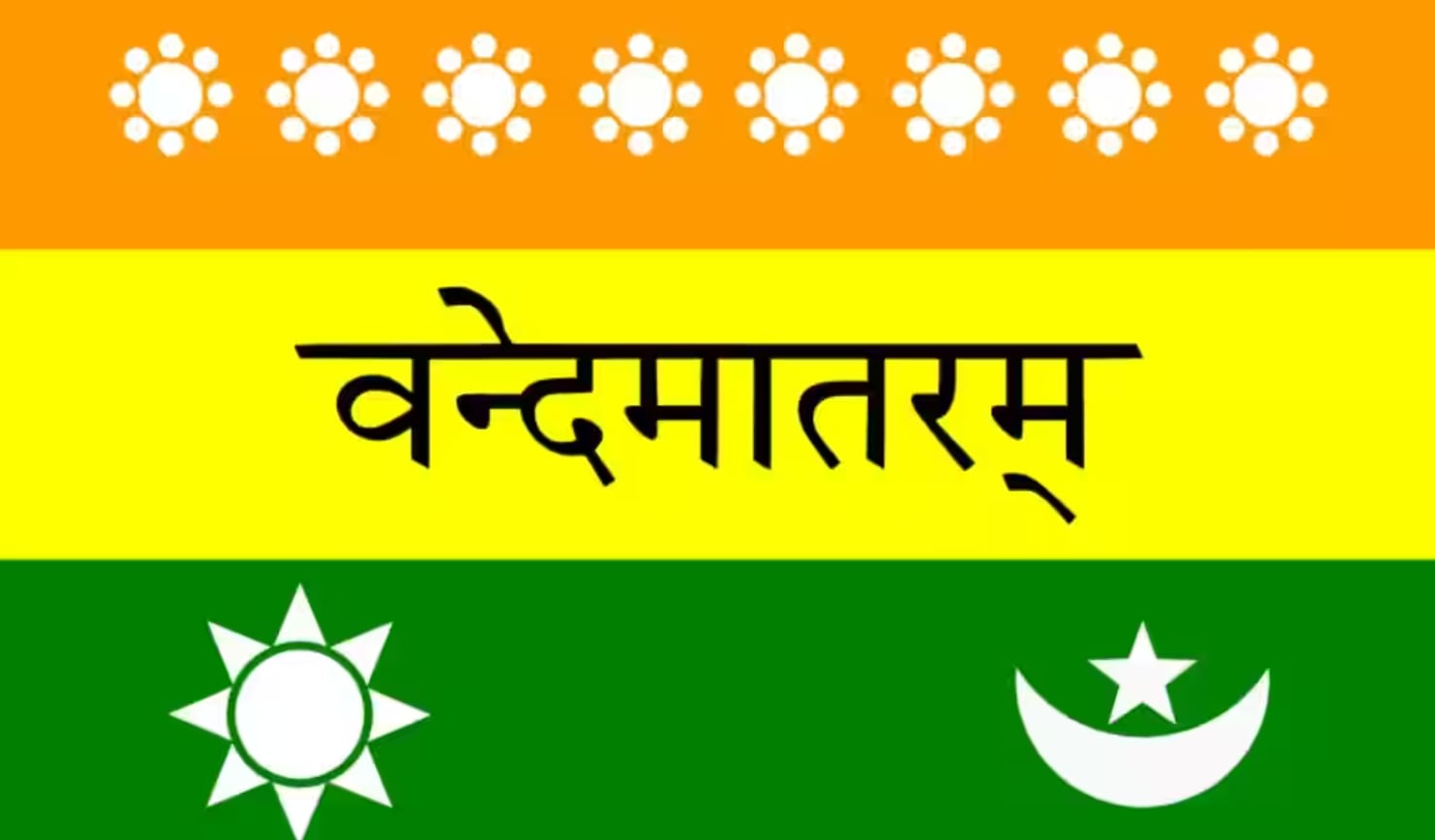
The national flag remains the same with slight alterations. Madam Bikaji Cama unfurled the second national flag in the International Socialist Congress at Stuttgart in Germany, as an appeal for support for Indian autonomy and agency against the oppressive British rule. Also known as the Berlin committee flag, the second national flag’s top colour strip changed from green to orange, and the lotus to stars. The bottom colour strip went from red to green, with the sun, the crescent moon, and the star at the corners.
1917
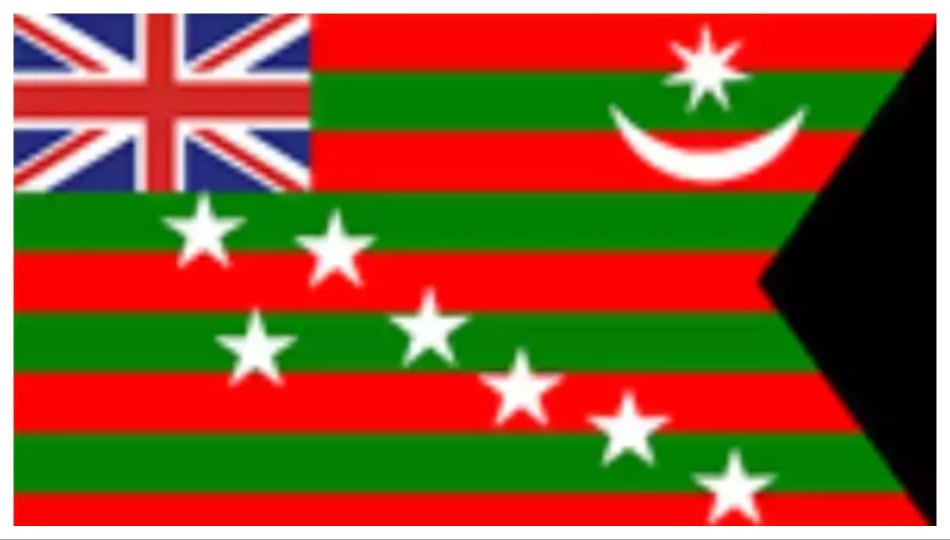
During the Home Rule Movement in 1917, Annie Besant and Bal Gangadhar Tilak hoisted a different flag. This flag reflected the demand for greater autonomy and self-governance for Indians within the colonial rule. It was composed of 9 horizontal colour strips- 5 red and 4 green strips. With the British flag superimposed, seven diagonal stars are arranged in two lines. The star and crescent moon lie at the opposite corner of the British flag. A vertical black triangle takes up the left border of the flag.
1921
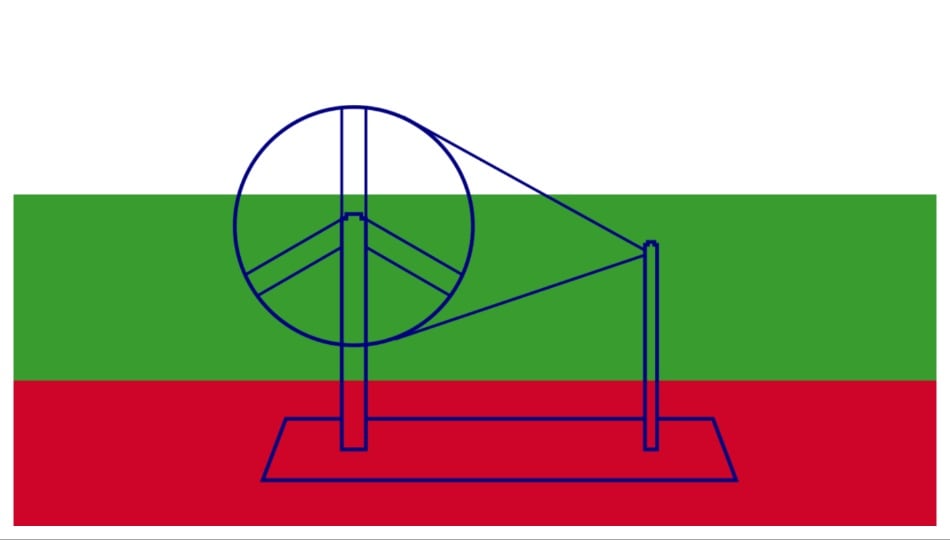
At a session of the Congress at Bezwada (now Vijayawada) in 1921, Pingali Venkaiah showed his flag design to Mahatma Gandhi. It featured white, green, and red horizontal colour strips, representing the various communities like minority groups, Hindus, Muslims, and Sikhs in India. The centre of the flag had a Charkha, indicating the peaceful harmony which unified these distinct Indian communities. The spinning wheel also portrayed India’s progress towards freedom. However, the Indian Congress Committee did not adopt it as the official flag then.
1931
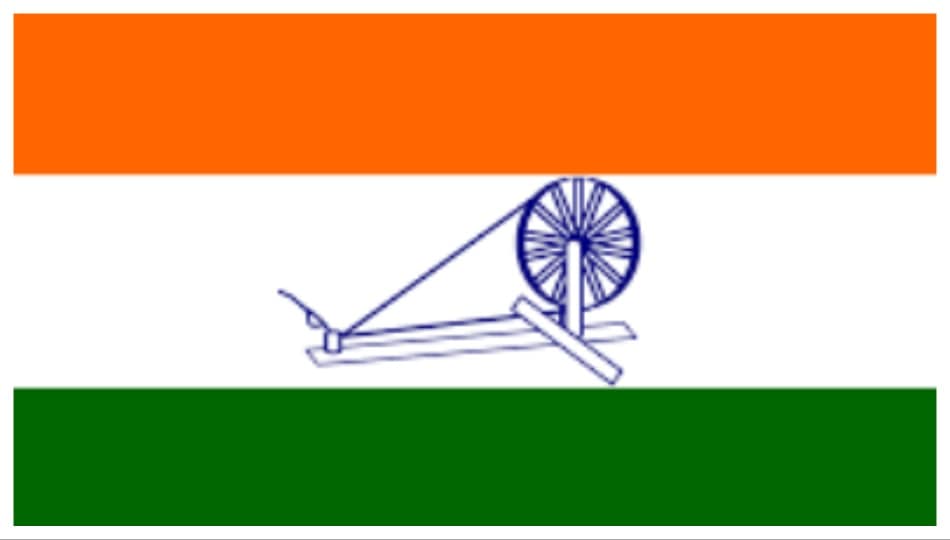
This same flag, created by Pingali Venkayya, underwent slight modifications. Now it looked very similar to the current national flag. In place of the Dharma wheel, Pingali’s second flag rendition featured a spinning wheel in the centre.
1947
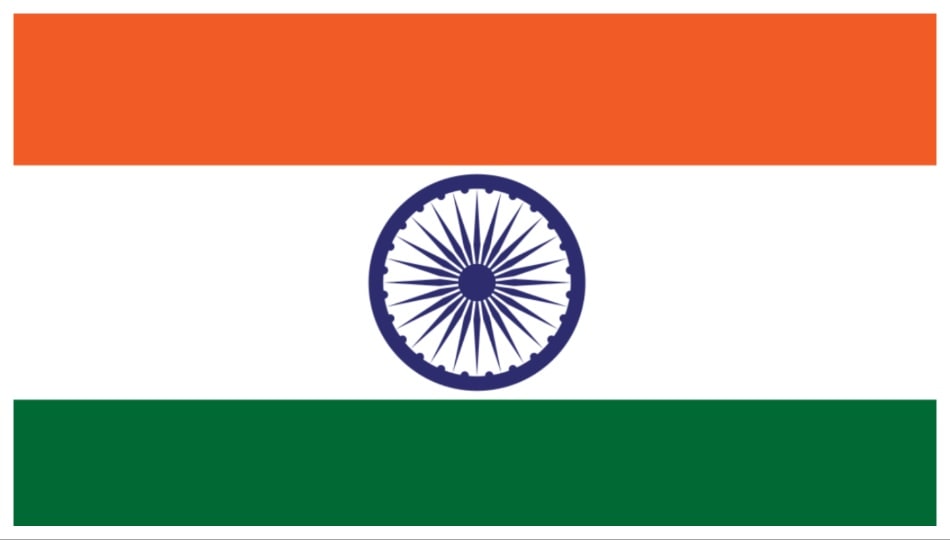
After India’s independence, a committee was formed, with Rajendra Prasad as the head, to select the national flag. They adopted the existing flag of the Congress committee and replaced the spinning wheel with Dharma Chakra, which was representative of law, justice, and righteousness.
National flag's designer
Hailing from a village in Andhra Pradesh, Pingali Venkayya was a freedom fighter and an exceptionally bright student in his childhood. He finished high school in Madras and moved abroad to pursue his graduation from the University of Cambridge. A true scholar, he developed interests in geology, education, agriculture, and languages. He met Mahatma Gandhi in South Africa when he was serving as a British Army soldier during the Anglo Boer War. Pingali connected with Gandhi’s principles and formed a bond with him that went on for over 50 years.
During his time as a British soldier, he had to salute the Union Jack, the British flag, which deeply disturbed his patriotic feelings. After the interaction with Gandhi, he had an epiphany and wanted to devote himself to the freedom struggle. Upon his return to India, he dedicated his time to creating the Indian flag that could unify the entire nation, so that all the communities could connect to it. He even published a booklet on flags in 1916, which contained twenty-four flag designs.





















